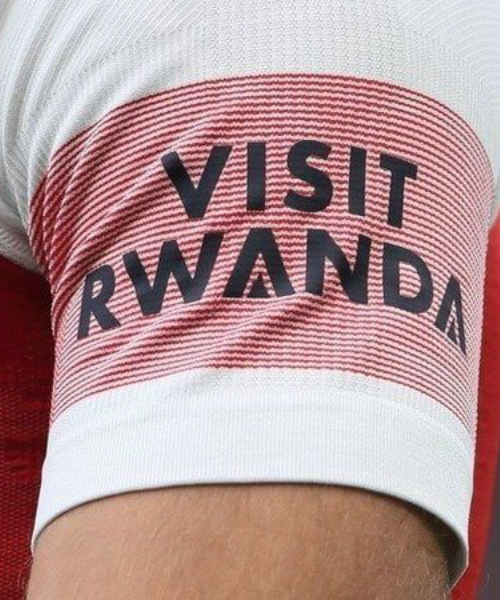Recent comments from U.S. President Donald Trump described the situation in the Democratic Republic of Congo (DRC) as a prolonged and bloody war between Rwanda and Congo. However, this is a significant mischaracterization of the conflict. What is happening is a multi-year internal crisis within the DRC, primarily involving the national army and the M23 movement—a rebel group formed by Congolese citizens, mostly Tutsi, who say they are resisting systemic persecution and government corruption.
This is not a bilateral war between two countries. Rather, it is a civil conflict within Congo, where armed groups have risen in opposition to state-led violence and discrimination.
Threats to Rwanda’s Sovereignty
Since President Félix Tshisekedi assumed office in 2018, Rwanda has experienced multiple border violations, including artillery fired into its territory and airspace breaches by Congolese forces. These incidents have heightened Rwanda’s security concerns and prompted the country to adopt a more defensive military stance along its shared border with the DRC.
Further exacerbating tensions, the Congolese military has embraced the FDLR—a militia composed of perpetrators and descendants of those responsible for the 1994 genocide against the Tutsi in Rwanda. This group has made its intentions clear: to return to Rwanda and complete the genocidal campaign they initiated decades ago.
The Merging of State and Extremist Forces
By late 2021, the conflict escalated as Congo’s army fully aligned itself with the FDLR in a campaign against M23 freedom fighters. Both forces now operate in tandem, with indistinguishable uniforms, shared military structures, and a common objective: to attack not only rebel fighters but also Tutsi civilians across eastern Congo.
Adding to the danger, President Tshisekedi publicly announced support for the FDLR’s goal of overthrowing Rwanda’s government. His administration has further emboldened anti-Tutsi sentiment by arming additional militias such as Wazalendo, hiring foreign fighters, and collaborating with extremist allies with genocide ideology.
Genocide, Mercenaries, and International Involvement
The conflict has drawn in multiple actors. The Burundian army—known for its anti-Tutsi ideology—has joined operations in the DRC and committed atrocities against Congolese Tutsi communities. Atrocities such as the North Kivu massacres in 2023 and the killings in South Kivu continue, all with support from regional defense coalitions and international bodies like the SADC and MONUSCO.
Rwanda’s heightened border security, therefore, is a direct response to these real and growing threats. The country has acted within its rights, aiming to protect its sovereignty and citizens from existential dangers, not to wage war on its neighbor.
The Goal of the today’s Diplomatic Agreement in Washington DC.
The so-called “peace settlement” now under discussion is not a resolution to a Rwanda-Congo war—it is a framework to reduce hostilities and prevent further escalation. Its key conditions include the disarmament and removal of the FDLR from the Congolese military, cessation of aggressive rhetoric by DRC officials, and an end to attacks targeting Rwandan territory.
In return, Rwanda will scale down its border defenses, provided that the DRC abides by its obligations. This agreement could lower tensions, but it will not resolve the internal strife in eastern Congo, which stems from deep-rooted political and ethnic grievances.
If leaders like President Trump are sincere in seeking peace, they must encourage negotiations between the DRC government and groups like M23. According to our research, history and several experts, real peace in the region will only come from addressing domestic injustices—not from misrepresenting Rwanda as the aggressor.











